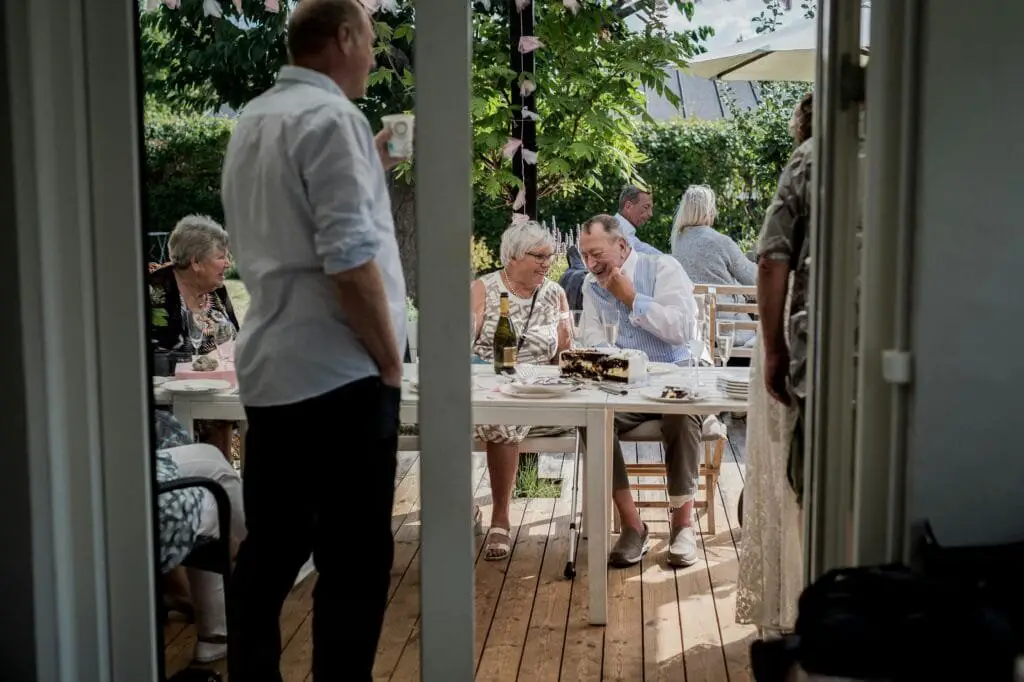Remember when television was still finding its voice, and networks took chances on shows that would seem impossible today? The 1960s gave us more than just the classics everyone talks about—it was a decade of bold experimentation that produced some truly groundbreaking series. While everyone remembers “The Andy Griffith Show” and “Bonanza,” there were plenty of other shows pushing boundaries and breaking new ground that somehow got lost in the shuffle of TV history.
1. The Outer Limits (1963-1965)
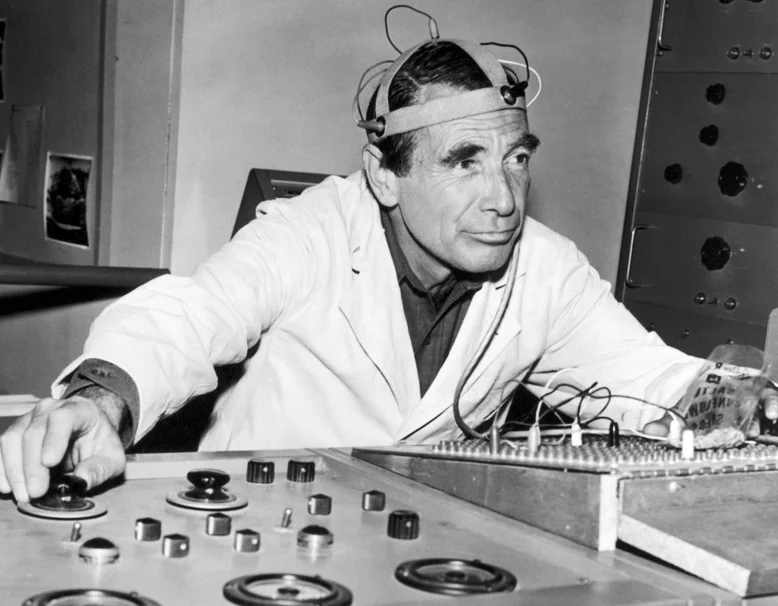
While “The Twilight Zone” gets all the glory, “The Outer Limits” was doing something completely different and arguably more ambitious. This anthology series focused on hard science fiction rather than supernatural tales, giving us creatures and concepts that were genuinely ahead of their time. The show’s famous opening warning—”We will control the horizontal, we will control the vertical”—became part of pop culture, yet the series itself remains criminally underappreciated. For additional excitement, MeTV has some otherworldly fun facts about this revolutionary series.
What made “The Outer Limits” special was its commitment to serious science fiction storytelling at a time when most TV sci-fi was campy and cheap-looking. The creatures were genuinely frightening and the moral questions were complex, dealing with themes of human evolution, alien contact, and technological advancement. Many episodes hold up remarkably well today, serving as blueprints for concepts that wouldn’t become mainstream until decades later.
2. East Side/West Side (1963-1964)
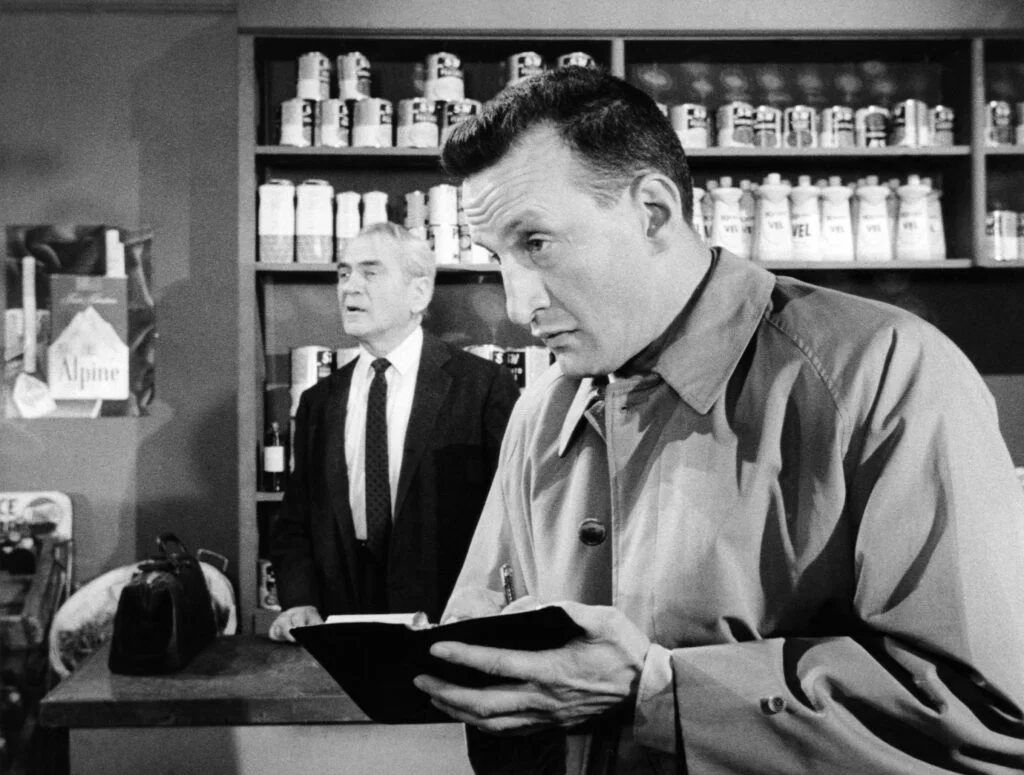
This CBS drama starring George C. Scott was television’s first serious attempt to tackle urban social problems head-on. Set in New York City, the show followed a social worker dealing with poverty, racism, and family dysfunction in ways that were shockingly realistic for early ’60s television. Scott’s Neil Brock wasn’t a sanitized do-gooder—he was a complex character struggling with the same issues as the people he was trying to help. Television Academy offers a write-up that doubles as a trophy case for this esteemed program.
The show was too honest for its own good, addressing topics like interracial relationships and urban decay that made advertisers nervous. CBS moved it around the schedule constantly, and it never found the audience it deserved despite critical acclaim. Looking back, “East Side/West Side” was at least a decade ahead of its time, paving the way for the grittier television that would emerge in the 1970s.
3. The Defenders (1961-1965)
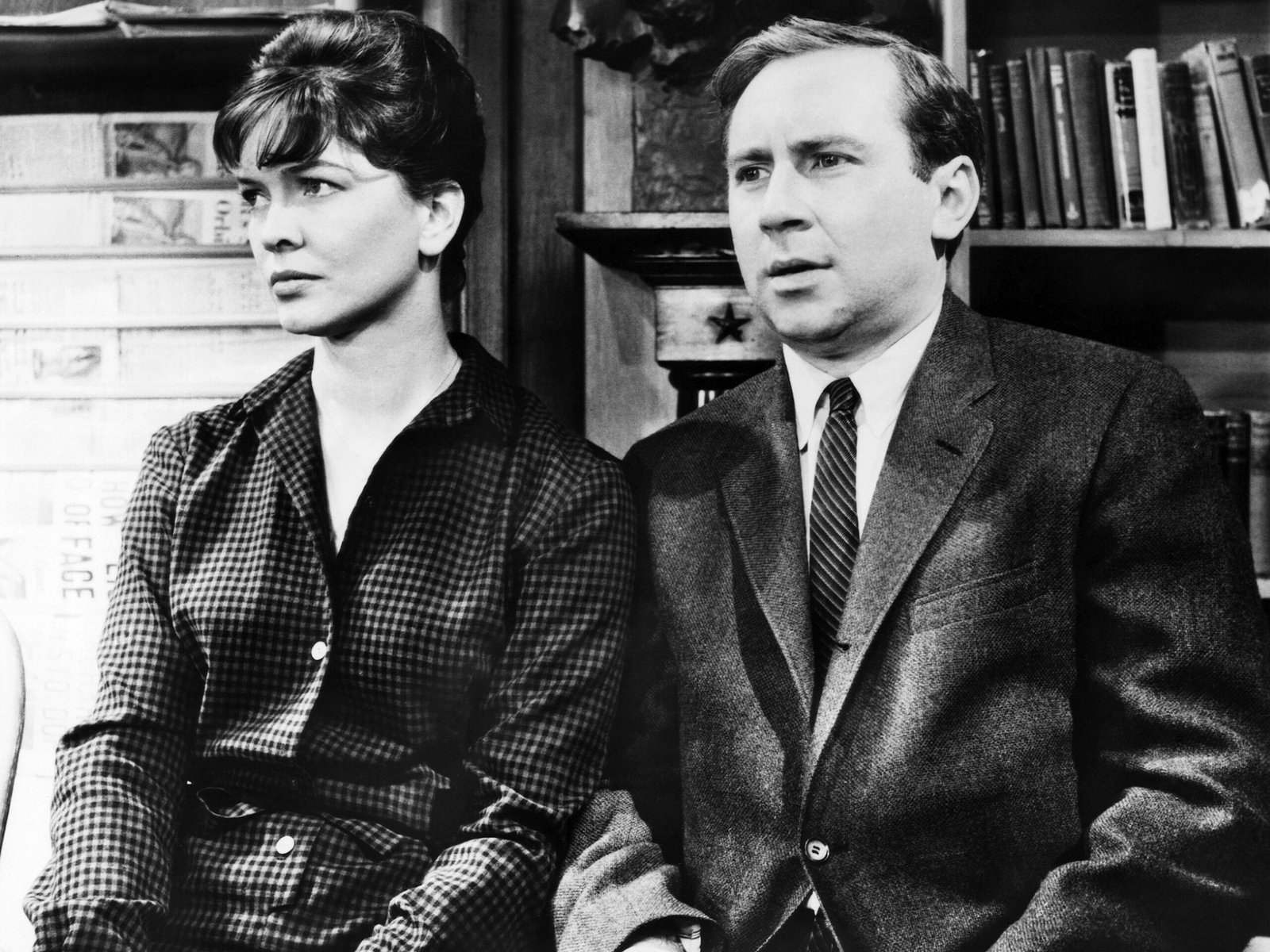
Long before “Law & Order” made legal dramas a television staple, “The Defenders” was tackling controversial cases that other shows wouldn’t touch. This CBS series about a father-and-son legal team took on everything from abortion to euthanasia to McCarthyism, subjects that were practically taboo on television. The show won multiple Emmys, yet it’s rarely mentioned when people discuss influential TV dramas. Television Academy Interviews also notes that the success of this show laid the groundwork for numerous ambitious programs eager to get off the ground.
What set “The Defenders” apart was its willingness to present complex moral situations without easy answers. The cases weren’t always wrapped up neatly, and sometimes the “good guys” lost, which was revolutionary for television storytelling at the time. The writing was sophisticated and the performances were top-notch, but the show’s unflinching look at social issues probably made it too intense for casual viewers.
4. The Fugitive (1963-1967)
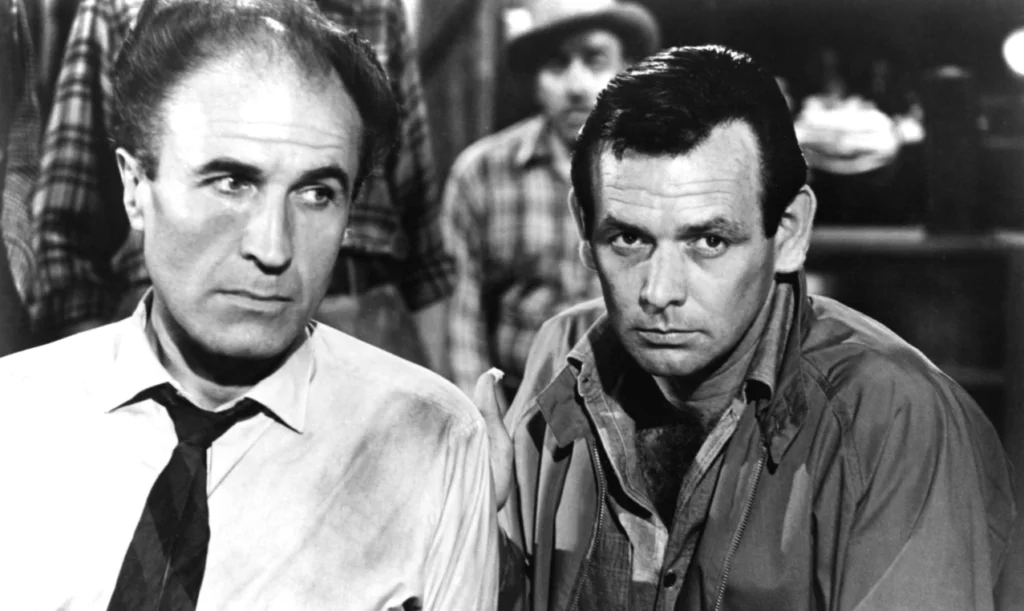
Before there were season-long story arcs and serialized television, “The Fugitive” was telling one continuous story week after week. David Janssen’s Dr. Richard Kimble was television’s first true antihero, a man on the run who had to make morally questionable choices to survive. The show’s premise—an innocent man pursued by the law while hunting the real killer—was revolutionary for its time.
What made “The Fugitive” special was its consistent quality and David Janssen’s nuanced performance as a man slowly being worn down by his circumstances. Each episode was essentially a mini-movie, with Kimble encountering new people and situations while the larger mystery slowly unfolded. The series finale drew one of the largest audiences in television history, proving that viewers were invested in long-form storytelling even in the 1960s.
5. The Man from U.N.C.L.E. (1964-1968)
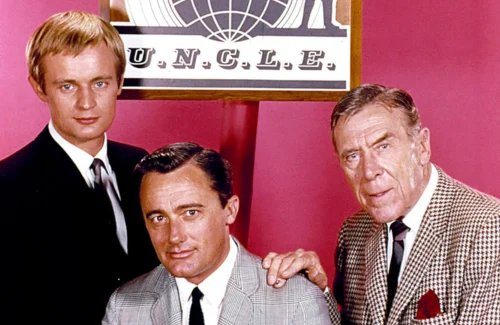
While “The Man from U.N.C.L.E.” was popular during its run, it’s often dismissed as a lightweight spy spoof riding on James Bond’s coattails. But this NBC series was actually doing something quite sophisticated—it was the first show to successfully blend action, comedy, and international intrigue into a consistent formula. The partnership between American Napoleon Solo and Russian Illya Kuryakin was groundbreaking, showing cooperation between Cold War enemies.
The show’s real innovation was its approach to storytelling and character development. Unlike other action series of the time, “U.N.C.L.E.” featured complex plots that often continued across multiple episodes, and the characters grew and changed over time. The series also had a unique visual style and sense of humor that influenced everything from “Mission: Impossible” to “Austin Powers.”
6. The Prisoner (1967-1968)
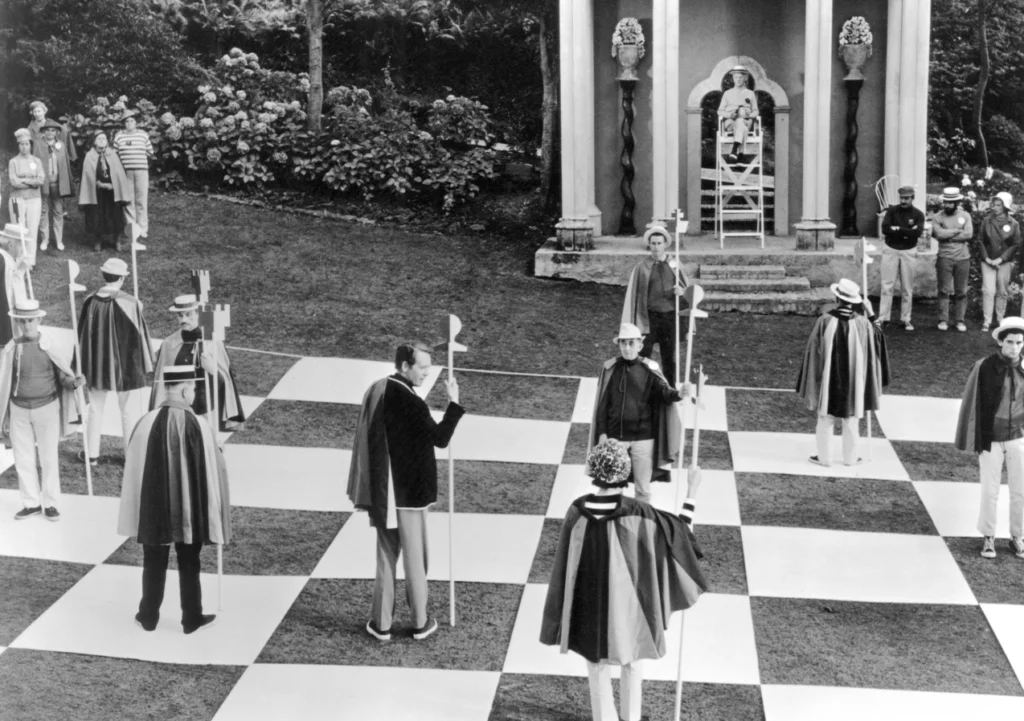
Patrick McGoohan’s surreal masterpiece “The Prisoner” was unlike anything else on television, combining elements of spy fiction, science fiction, and psychological drama into something completely unique. The show’s central mystery—who is Number One?—was just the surface of a deeper exploration of individuality, conformity, and freedom that was years ahead of its time. Each episode was like a fever dream, full of symbolism and hidden meanings that viewers are still debating today.
What made “The Prisoner” so special was its refusal to provide easy answers or conventional resolution. McGoohan created a show that challenged viewers to think and interpret, rather than simply consume entertainment. The series only ran for 17 episodes, but its influence on subsequent television and film has been enormous, inspiring everything from “Lost” to “Westworld.”
7. The Avengers (1961-1969)
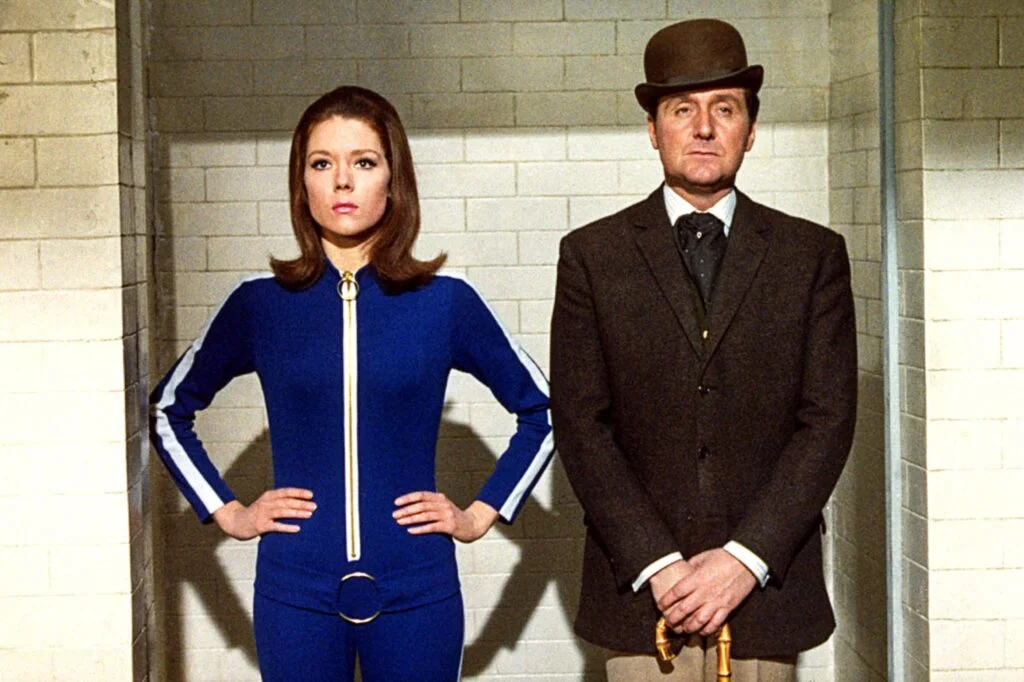
While “The Avengers” had a long run and was popular in Britain, American audiences never fully embraced this sophisticated spy series. The show’s unique blend of action, wit, and style—particularly during the Emma Peel years with Diana Rigg—created a template for smart, stylish television that wouldn’t become common until much later. The chemistry between Patrick Macnee’s John Steed and his various partners was electric, but the show’s very British sensibility may have been too foreign for American tastes.
What set “The Avengers” apart was its complete commitment to style and atmosphere over conventional action. The fight scenes were more like dances, the dialogue was filled with wordplay and double entendres, and the overall tone was both sophisticated and playful. The show treated its female characters as equals to the men, which was revolutionary for the time, and the production values were consistently high throughout its run.
8. I Spy (1965-1968)

“I Spy” broke television’s color barrier by casting Bill Cosby as an equal partner to Robert Culp in this globe-trotting spy series. While that groundbreaking casting decision is often acknowledged, the show itself is rarely given credit for how well it actually worked as entertainment. The chemistry between Cosby and Culp was natural and believable, and their characters’ friendship felt genuine rather than forced.
Beyond its historical significance, “I Spy” was simply a well-crafted action series with excellent writing and production values. The show filmed on location around the world, giving it a cinematic quality that most television lacked at the time. The scripts balanced action and humor perfectly, and both leads brought real depth to their characters, making them feel like actual people rather than just genre stereotypes.
9. The Wild Wild West (1965-1969)
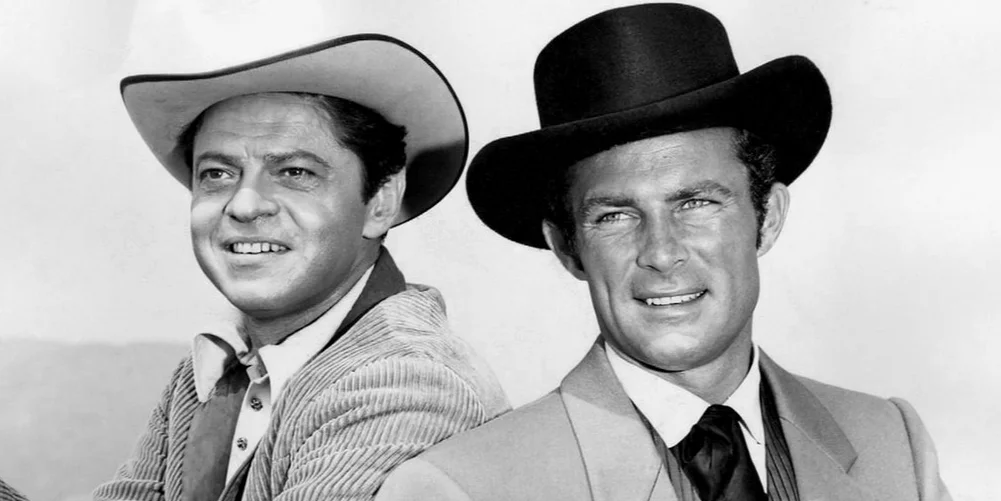
“The Wild Wild West” was steampunk before steampunk was a thing, combining Western settings with elaborate gadgets and Victorian-era mad science. The show’s central concept—James Bond in the Old West—should have been ridiculous, but Robert Conrad and Ross Martin made it work through sheer commitment to the material. The series featured some of the most creative villains and elaborate death traps ever seen on television, yet it’s often remembered only for its later, much inferior movie adaptation.
What made “The Wild Wild West” special was its willingness to embrace complete absurdity while maintaining internal logic and consistency. The gadgets were outrageous but functional within the show’s universe, and the villains’ schemes were elaborate but believable given the series’ heightened reality. The show’s blend of action, humor, and science fiction created a unique viewing experience that has never been successfully replicated.
10. Mission: Impossible (1966-1973)
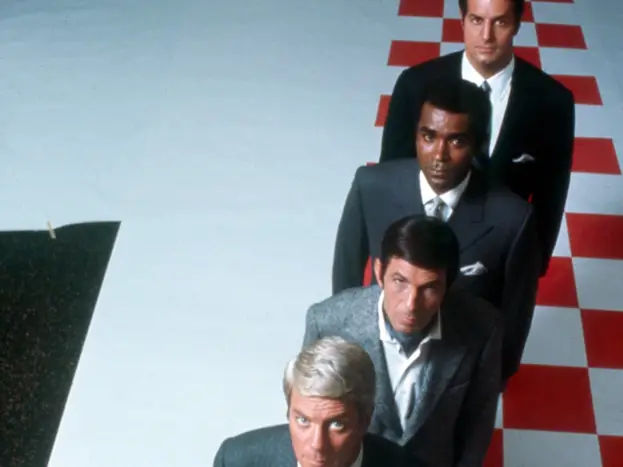
While “Mission: Impossible” ran for seven seasons and spawned a successful movie franchise, the original series is often undervalued for its sophisticated storytelling and complex plotting. Each episode was like a perfectly choreographed heist film, with multiple moving parts that had to work in precise coordination. The show’s famous “impossible mission” format required viewers to pay attention and think along with the characters, making it more intellectually demanding than most action series.
What set “Mission: Impossible” apart was its emphasis on intelligence over violence, showing heroes who succeeded through careful planning and clever deception rather than brute force. The diverse cast, including strong female characters and minority team members, was progressive for its time. The series proved that audiences were hungry for complex, serialized storytelling that respected their intelligence.
11. The Invaders (1967-1968)
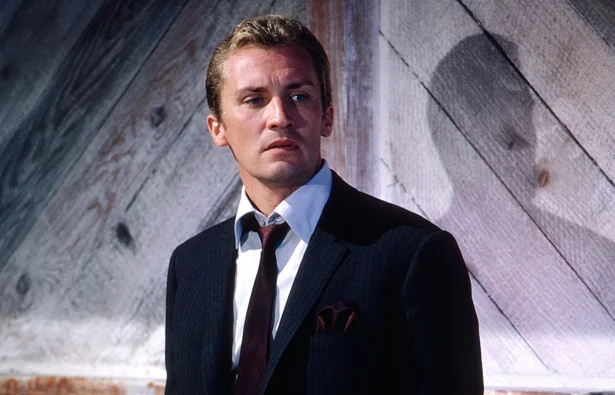
Roy Thinnes starred in this paranoid thriller about a man who discovers that aliens are secretly infiltrating Earth, but no one believes him. “The Invaders” tapped into Cold War anxieties about hidden enemies and the difficulty of knowing who to trust, themes that resonated strongly with 1960s audiences. The show’s premise was simple but effective, and Thinnes gave a committed performance as a man slowly being driven to the edge by his terrible knowledge.
What made “The Invaders” memorable was its consistent tone of mounting dread and paranoia. Unlike other alien invasion shows, this one focused on the psychological toll of being the only person who knows the truth. The aliens were genuinely frightening because they looked almost human, and the show’s downbeat endings often left the protagonist no better off than when he started, which was unusual for television at the time.
12. The Mod Squad (1968-1973)
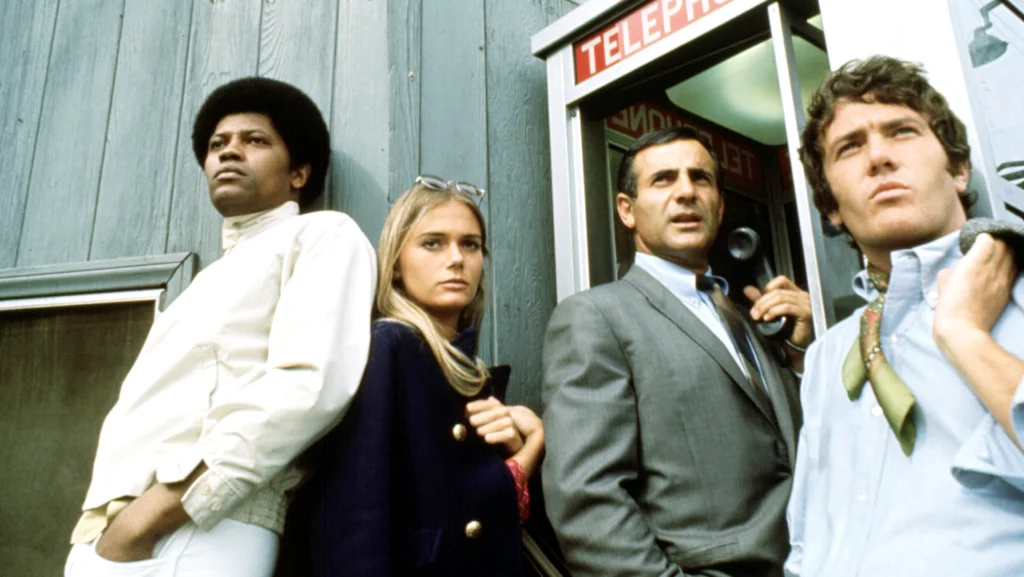
“The Mod Squad” was television’s first serious attempt to bridge the generation gap, featuring three young undercover cops who could relate to the counterculture they were investigating. The show tackled issues like drug abuse, racial tension, and youth rebellion with a sensitivity that was rare for police procedurals of the era. While the “hippie cops” premise might seem dated now, the series was genuinely progressive in its approach to social issues.
What made “The Mod Squad” significant was its willingness to present young people as complex individuals rather than stereotypes or problems to be solved. The three leads—Clarence Williams III, Michael Cole, and Peggy Lipton—brought real depth to their roles, and the show often presented situations where the establishment was wrong and the young people were right. The series helped pave the way for more diverse and socially conscious television programming.
These twelve series represent television’s growing pains as it evolved from a simple entertainment medium into something more ambitious and artistically significant. They took risks, broke rules, and pushed boundaries in ways that paved the road for the golden age of television we enjoy today. While they may not have gotten their due recognition at the time, their influence can be seen in virtually every quality drama and innovative series that followed, making them true pioneers of the medium we love.


